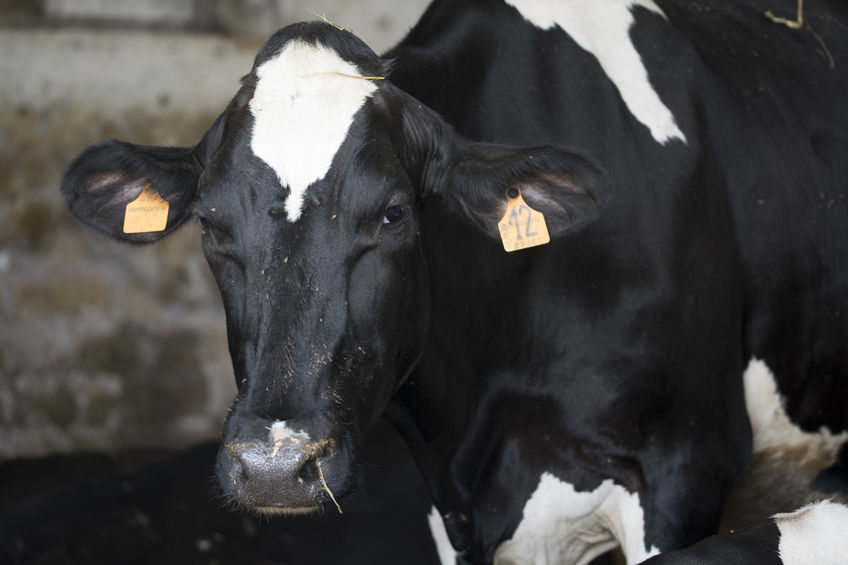
Using sexed semen in dairy herds can help farmers reduce rearing costs and increase the potential profit.
By selectively using sexed semen to breed replacement heifers from the best cows, farmers can reduce rearing costs by only rearing the heifers needed.
The performance of sexed semen relative to conventional has improved markedly in the last few years which makes using it a more attractive option for farmers, according to AHDB Dairy.
Steve West, Dairy Knowledge Exchange Manager, said: “Sexed semen increases the likelihood of having a heifer calf to over 90%.
“In addition to using sexed semen on your best cows, inseminating the rest of your herd with high-quality beef sires will produce a calf that the beef market requires which will result in even greater profit.”
Farmer Jack Munday runs a 250-cow autumn calved herd and switched to using a mixture of sexed and beef semen on his herd.
“Sexed semen is more expensive than conventional semen but beef semen is a bit cheaper, so overall, we were quite surprised that it didn’t cost as much as we thought.
“Our conception rates also remained at a good level, I am achieving 61% with conventional semen and 57% with sexed.
“Our six-week in calf rate is usually 71% and I am expecting somewhere close to 76%.”
Jack said it is important to spend time choosing which cows are suitable.
“In our herd, cows must have had no instances of mastitis during the previous lactation, must have got in calf first time and be due to calve at the start of the calving window and she must suit our system,” he added.
AHDB, which is currently running a campaign to highlight the benefits of sexed semen, has created an online semen usage calculator.
It helps farmers run different semen usage scenarios for their farm and pick the one that suits their situation.
The calculator helps take into account the market value of calves, conception rates and TB losses to create a realistic illustration for different scenarios.
It also takes into account bull costs for farms using natural service.
